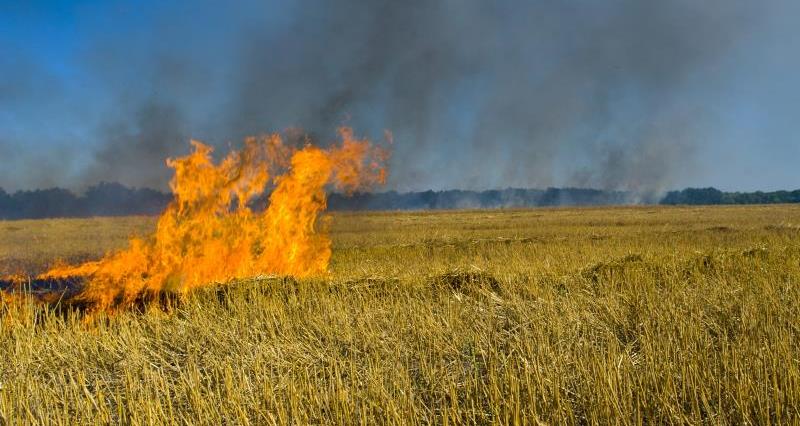Many farms will have water stored in bowsers and water tanks, but using these supplies to fill up fire engines which have exhausted on-board supplies is often not straightforward.
Obtain a bowser adapter from your fire service
The outlet fittings on bowsers and farm water tanks are often not compatible with the inlet fittings on fire engines. Fire engine inlets are commonly 70mm standard instantaneous couplings, but farm bowsers use very different 2 inch cam lock couplings.
After meetings with the NFU, fire appliances across the county are being issued with ‘banjo’ adaptors. This will allow firefighters to access water from water bowsers when dealing with rural incidents, including field fires during harvest.
A Norfolk Fire and Rescue spokesman said: “The adaptors will allow quicker access to water, enabling us to attack fires more efficiently and effectively.”
Speak to your local fire service about the service obtaining a bowser adapter, many services across the country are now utilising these adapters.
Improvised dams
One very practical solution which can help make water available to the fire service in an emergency is for farmers to have equipment to hand to make an improvised dam. This can be used to collect water discharged from a bowser or tank for a fire engine to then draw on.
Fire engines are likely to carry ladders and tarpaulins but it could be very useful and a life saver for farmers to have additional equipment to hand just in case.
How to make an improvised dam
You can make an improvised dam from three sections of ladder, a tarpaulin and rope as follows. Alternatively, bales could be used to construct a structure to support a tarpaulin.
Step 1: Lay the ladders on their sides, interlinked in a triangular formation.
Step 2: Lash the sections of ladder together.

Step 3: Place a tarpaulin (referred to as a salvage sheet by the fire service) over the ladders and lash taut.
Step 4: Fill with water. You can make the structure more effective by raising the ladders off the ground.

